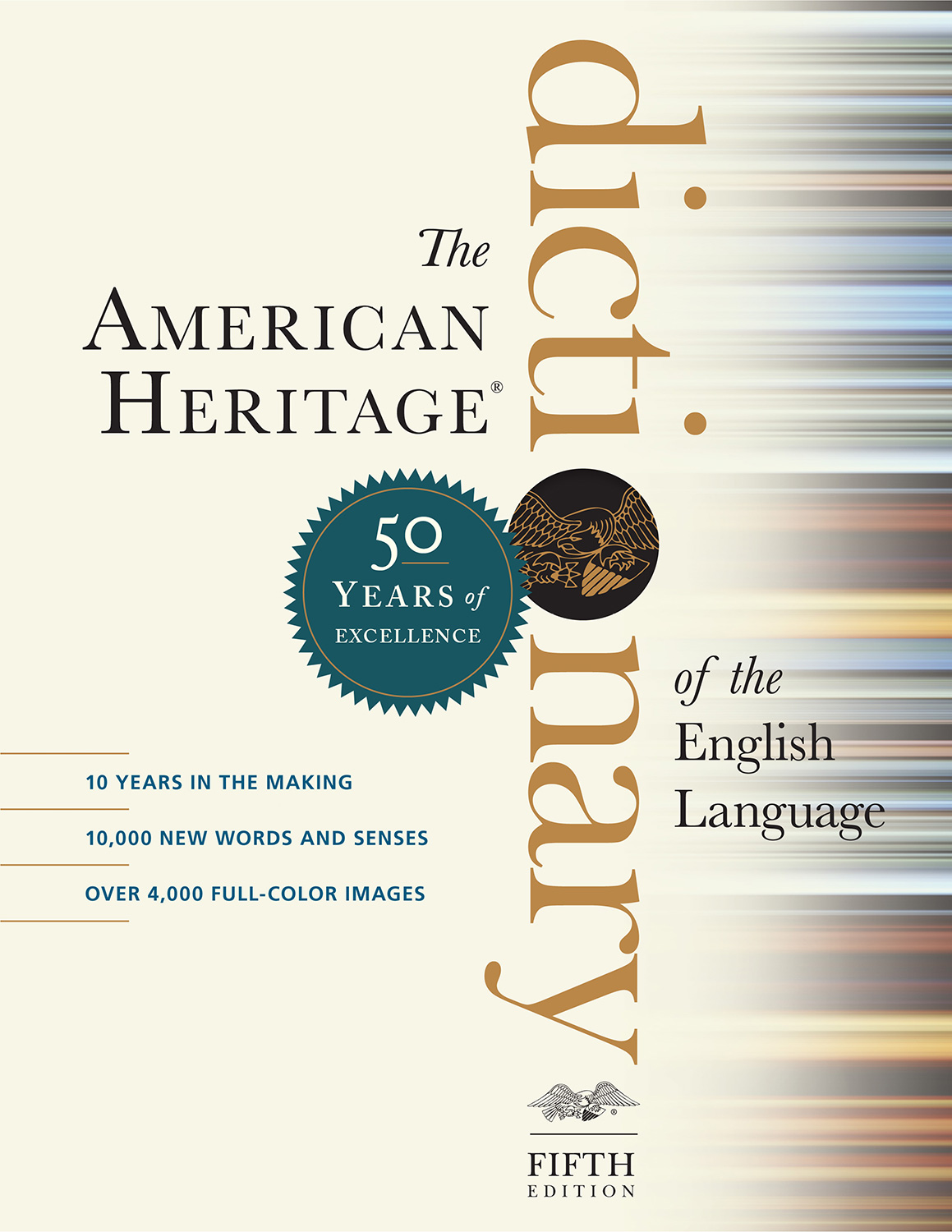n. Beef, usually brisket, round, or rump, that is seasoned with spices and cured in brine. [From CORN1, to preserve with granulated salt or brine.] Word History: One might wonder where the corn in corned beef is, since there are no yellow kernels of maize to be found in a corned beef sandwich. Upon contemplation, some people may even reason that the beef must have come from cattle fed with corn—that is, maize. In fact, corned beef originally referred to beef preserved by corning, or dry-curing with salt. The word corn was used in the past to describe the large, coarse grains of salt that were sprinkled and rubbed onto beef, or into which the beef was set to cure, according to the methods traditionally used to make corned beef. (This method is still used today to make cured meats like prosciutto.) Nowadays, however, most corned beef is soaked in brine rather than corned. |
The American Heritage® Dictionary of the English Language, Fifth Edition copyright ©2022 by HarperCollins Publishers. All rights reserved.







